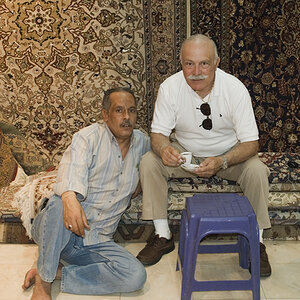Metshrine
TPF Noob!
- Joined
- Dec 27, 2008
- Messages
- 4
- Reaction score
- 0
- Can others edit my Photos
- Photos OK to edit
Hello all,
This is my first post with this community and I am sure it won't be my last. I am attempting to locate a decent macro lens for my wife to utilize with her newly acquired Canon EOS 50d DSLR Camera. Right now, it has the lens listed in my profile, the EF-S 18-200mm f/3.5-5.6 IS Standard Zoom Lens, and she is looking for a good lens to use for up-close nature photography similar to the photos in this thread.
Does anyone have a good recommendation for a Macro lens she can utilize for this purpose which will provide decent photos? She loves taking pictures of wildlife (insects) and flowers and as such, a good blurring capability for the background is preferrable. Anyways, Let me know if anything else is needed as far as other requirements or information.
Thanks!
This is my first post with this community and I am sure it won't be my last. I am attempting to locate a decent macro lens for my wife to utilize with her newly acquired Canon EOS 50d DSLR Camera. Right now, it has the lens listed in my profile, the EF-S 18-200mm f/3.5-5.6 IS Standard Zoom Lens, and she is looking for a good lens to use for up-close nature photography similar to the photos in this thread.
Does anyone have a good recommendation for a Macro lens she can utilize for this purpose which will provide decent photos? She loves taking pictures of wildlife (insects) and flowers and as such, a good blurring capability for the background is preferrable. Anyways, Let me know if anything else is needed as far as other requirements or information.
Thanks!


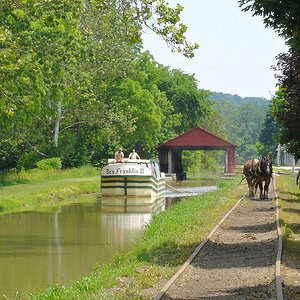


![[No title]](/data/xfmg/thumbnail/37/37522-f67b10bc5ee534f9bc21ee94917445b9.jpg?1619738129)
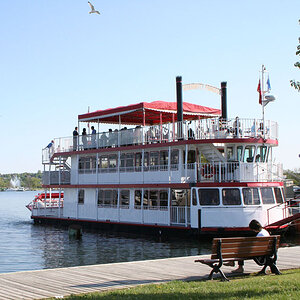
![[No title]](/data/xfmg/thumbnail/33/33361-f56184027ce743b2b7ba9d378a8bb426.jpg?1619735925)
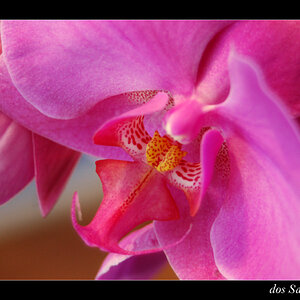
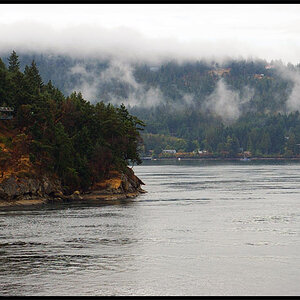
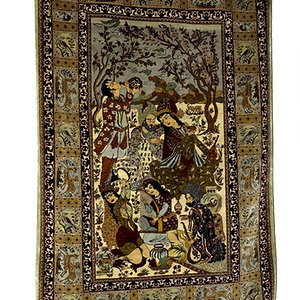
![[No title]](/data/xfmg/thumbnail/42/42267-2fff585000110a96fd9ac3ff09cceb95.jpg?1619740076)
![[No title]](/data/xfmg/thumbnail/33/33360-ff0b69685c94740bde3f53b6d7aa9af1.jpg?1619735924)
